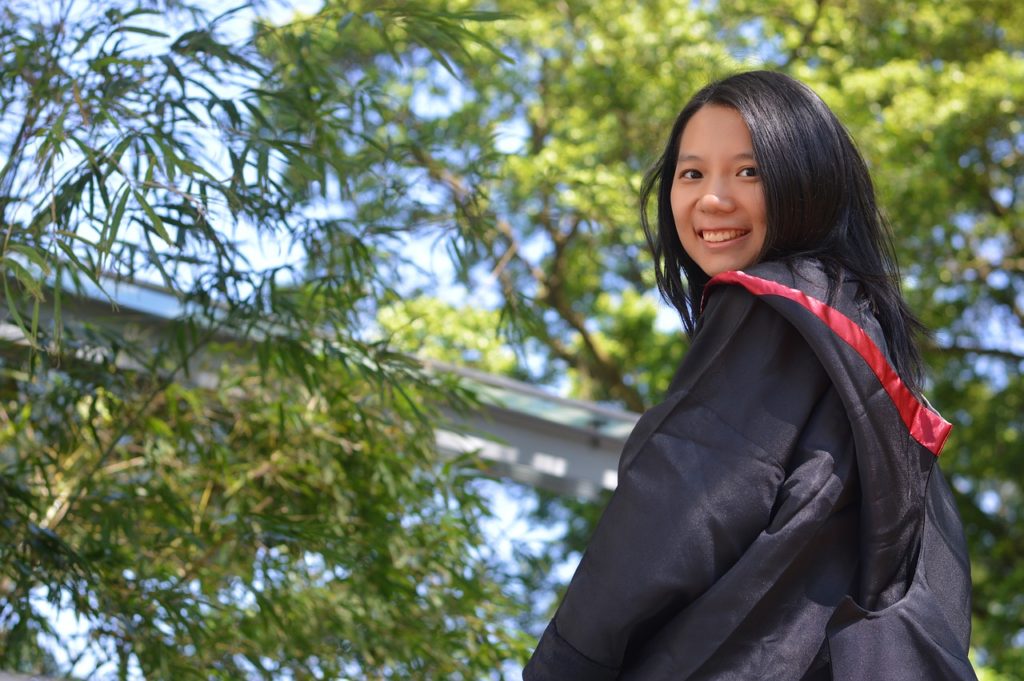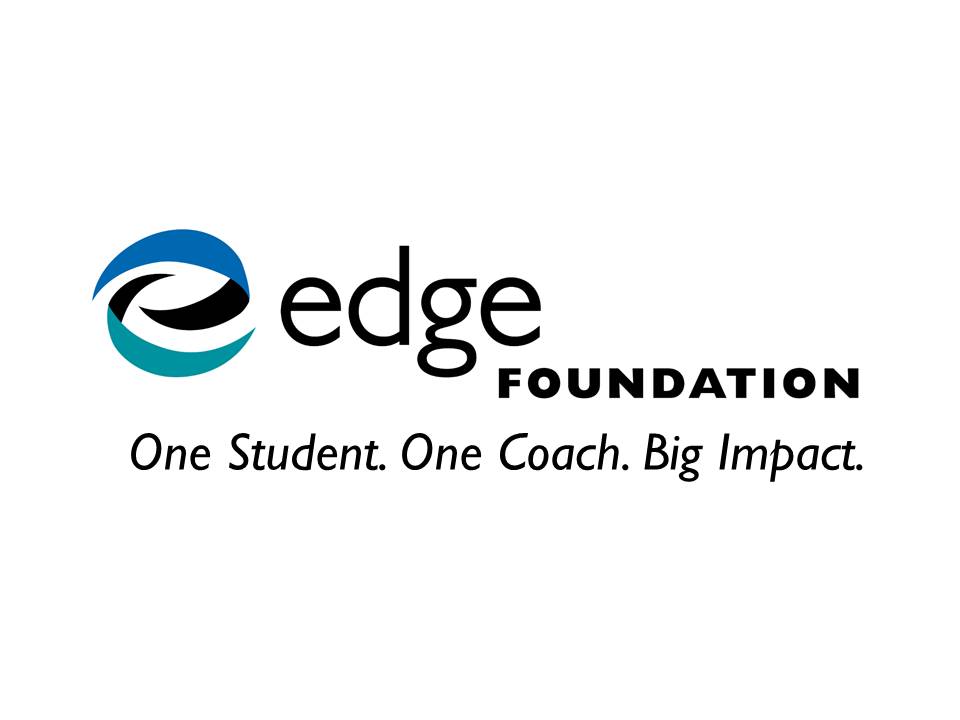 A gap year is most typically taken to explore a student’s interests between high school and college or perhaps during college. Participants can combine an array of experiences in a dynamic and hands-on fashion that will provide a significant edge in his or her development. Activities range from group programs focused on cultural immersion and service, to skill-based options such as Wilderness EMT certification, to worldwide internships and volunteer work.
A gap year is most typically taken to explore a student’s interests between high school and college or perhaps during college. Participants can combine an array of experiences in a dynamic and hands-on fashion that will provide a significant edge in his or her development. Activities range from group programs focused on cultural immersion and service, to skill-based options such as Wilderness EMT certification, to worldwide internships and volunteer work.
Gap-year options can span a weekend, one-to-three months, or as much as a full year. Costs range widely with some placements providing housing and food in exchange for student labor while others involve fees or paid tuition.
The benefits of taking gap time are varied and numerous:
- Choosing, creating, and owning one’s life at an early age
- Relating classroom learning to the world
- Resting/rejuvenating outside the onerous aspects of schooling (the gap year is particularly effective for students with learning differences who often thrive outside a formal classroom setting)
- Exploring a personal interest in a particular field before pursuing it as a college major or career
- Increasing clarity and focus in college resulting in saving time and money (the average span in college is 5-6 years, not 4; gap-year students finish in fewer school terms than their non-gap year peers)
- Attaining higher GPAs, on average, than non-gap-year peers
- Building a resume and gaining practical skills before college or entering the work world
- Increasing self-confidence through handling situations away from home
- Attaining greater financial awareness through needing to focus on a budget
- Making smoother transitions into college and the work world after college
There are those who assume that planning a gap year is now a fairly simple task with the aid of the Internet, books and articles referencing this student option. The reality is not easy to accomplish well on one’s own. Potential pitfalls include poorly run programs where safety and insufficient activity can be issues. Or, there can be too much downtime at home due to insufficient preparation or structure. Other pitfalls include socially isolated placements that are invariably challenging.
Most adults recognize that it is harder to take time later in life to explore interests in this way. Gap time offers students a unique chance to gain personal clarity and power, an edge that stands them in good stead in college and beyond.
Written by Holly Bull, Ed.M
President
Center for Interim Programs
Princeton, NJ – Northampton, MA
www.interimprograms.com
Founded in 1980, the Center for Interim Programs has counseled gap-year students longer than any other organization in the U.S. Contact Ms. Bull at: info@interimprograms.com or (609) 683-4300 to arrange for a complimentary interview.



Sue Lifeisgood
Hello. I just want to share this great book – ADHD to Honor Roll: How I Cured My Child’s ADHD Without Drugs (And You Can, Too!) by Soozy Miller.
Tells a real history about a mother who found different and natural ways to deal with her son’s ADHD. I recommend it to anyone looking for answers. 🙂